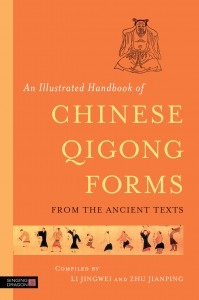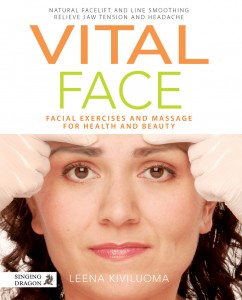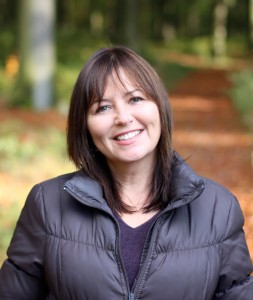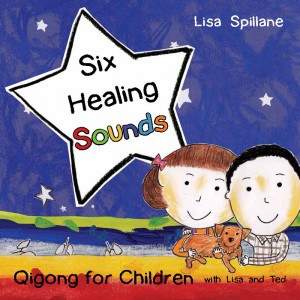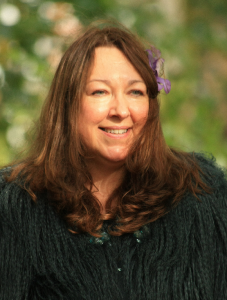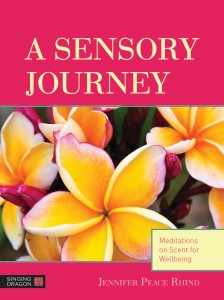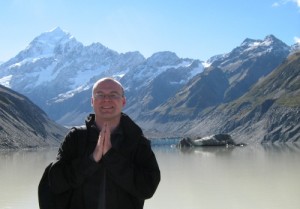 People with Asperger’s syndrome are known for a liking for solitude, particularly if they feel that they can’t be understood or don’t feel accepted within the social world. Though a person with Asperger’s Syndrome may be quite content in such a setting, they may not initially be aware that it can lead to excessive isolation. However, where such a preference can help develop social skills is through adapting qualities from spending time in solitude into social environments. To enable this, one must see solitude as a place to step back from the flow rather than as a place to hide. Since being diagnosed with Asperger’s Syndrome, this is an aspect of my condition that I feel I have gradually begun to notice more. I am more aware of how solitude affects me and others around me, including how my Asperger-related tendencies have an effect on others as well as how the moods of others affect me. When stepping back from the flow in a natural setting, particularly in a forest or by a lake and applying my focus to the present, I am able to see how various inter-connected factors cause different effects to happen, as well as being able to observe and be present with the qualities of adaptability and receptiveness that nature has.
People with Asperger’s syndrome are known for a liking for solitude, particularly if they feel that they can’t be understood or don’t feel accepted within the social world. Though a person with Asperger’s Syndrome may be quite content in such a setting, they may not initially be aware that it can lead to excessive isolation. However, where such a preference can help develop social skills is through adapting qualities from spending time in solitude into social environments. To enable this, one must see solitude as a place to step back from the flow rather than as a place to hide. Since being diagnosed with Asperger’s Syndrome, this is an aspect of my condition that I feel I have gradually begun to notice more. I am more aware of how solitude affects me and others around me, including how my Asperger-related tendencies have an effect on others as well as how the moods of others affect me. When stepping back from the flow in a natural setting, particularly in a forest or by a lake and applying my focus to the present, I am able to see how various inter-connected factors cause different effects to happen, as well as being able to observe and be present with the qualities of adaptability and receptiveness that nature has.
When practicing lake meditation, a meditation technique that can be practiced by an actual lake or just with the lake image in mind. One begins to notice the receptiveness of the surface of the water contained in the lake, and the lake’s responses to constantly changing factors including responding to wind with ripples, which produce a sparkling effect when reflecting sunlight or moonlight. On a clear day, from a good vantage point, the depths of a lake can sometimes be seen. Lake Wastwater in Cumbria is one such lake where the depths of the lake, including what the lake is comprised of, can be seen from the ascent of nearby Scafell Pike. With continued and focused attention, one also notices that the surface of the lake changes colour in accordance with the weather, dark when cloudy and inviting in reflections under clear skies.
It is important to expand your attention during your practice to consider how factors that affect the appearance of the lake also affect how we feel within the body. How we feel within affects how we present on the outside. For instance we may shiver when temperature drops or a when a draft blows in or ‘jerk’ when caught in a gust of wind. But rather than allowing such occurrences to become an interruption or a distraction to the extent that they lead us to giving up the practice, it helps us to notice and acknowledge any impulses we have to react. In turn, this helps one notice how when we act on our impulses we find ourselves on ‘automatic pilot’, almost being controlled by them.
When we transfer the qualities experienced during lake meditation to social situations, we notice how factors affect our moods and feelings. Like the surface of a lake changes colour in response to light, facial expressions in people often change in shape and form. People’s complexions can change in between moods and a change in mood and feelings brings about different actions and responses. As a person with Asperger’s Syndrome, I sometimes feel like I am an ‘actor,’ in that I learn non-verbal social skills from observation. But to enable appropriate acknowledgement and response in a social situation, it helps to be able to maintain the calm beneath one’s external presentation, relating to the calm water beneath the surface.
Taking a step back from the social world into solitude to practice lake meditation can help a person develop observational skills that are helpful in developing non-verbal social skills. To be able to be present with such observations, as well as to be able to apply attention when listening and retain the calm beneath the surface are qualities that when applied to social situations can enable social connection, acceptance and inclusion.
Chris Mitchell is the author of Asperger’s Syndrome and Mindfulness (2012) and Mindful Living with Asperger’s Syndrome (December 2013) both published by Jessica Kingsley Publishers.

